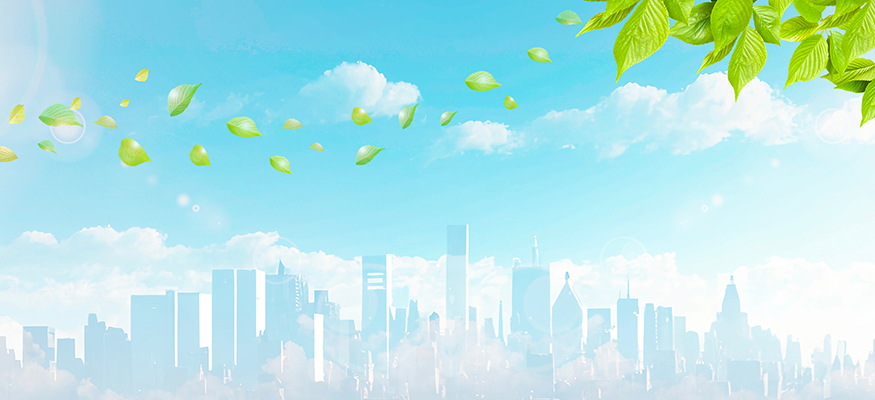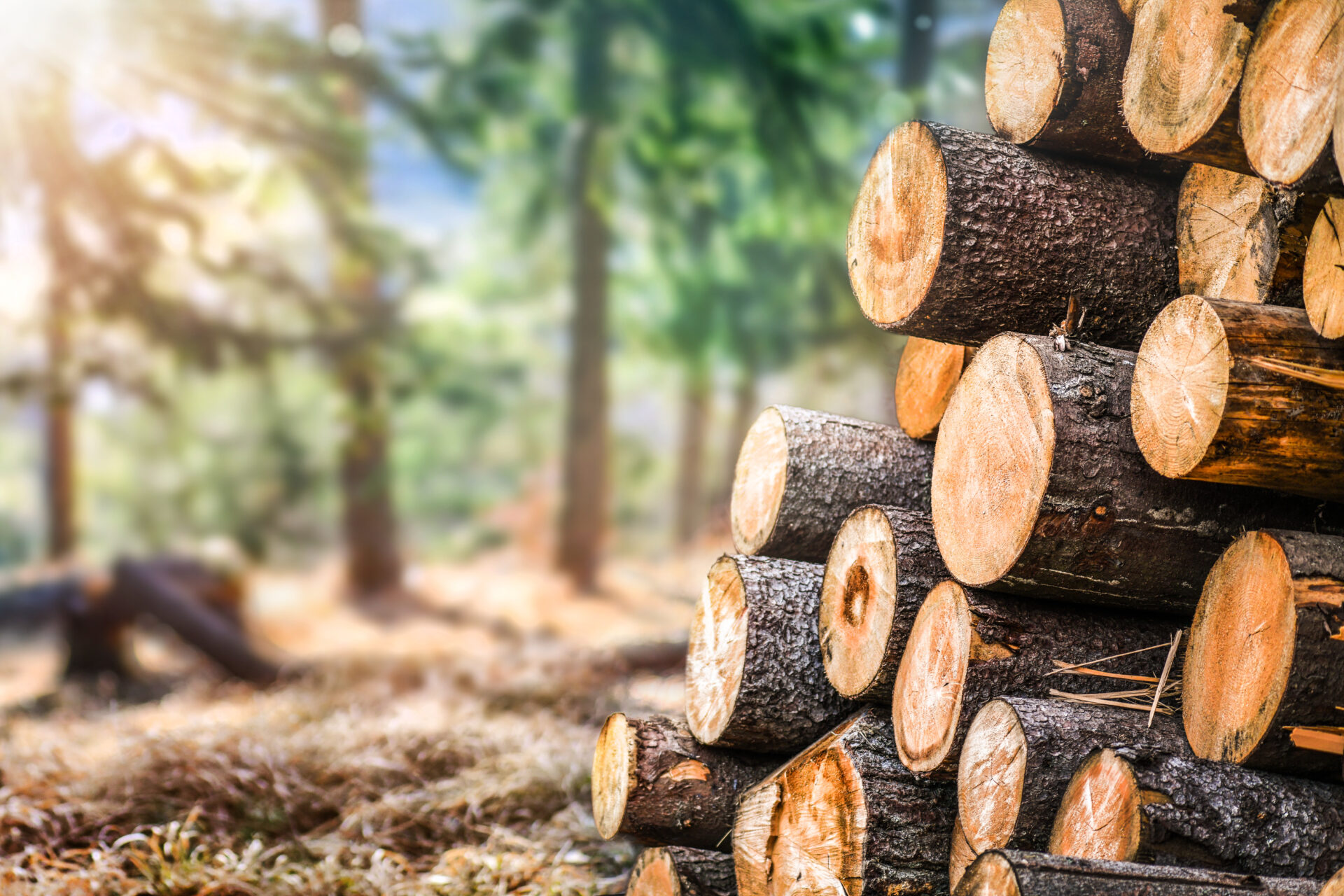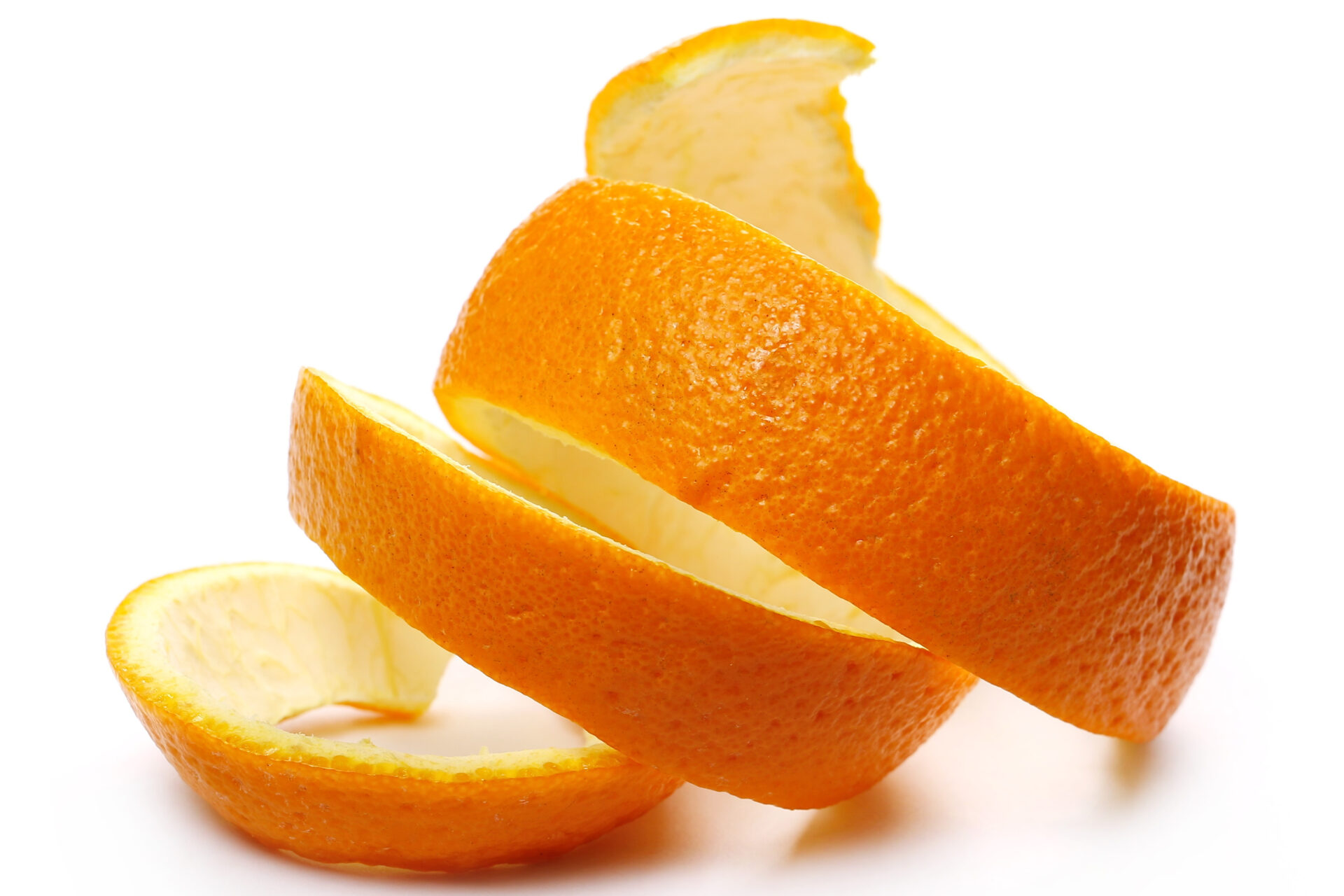Featured new material! From wood that can be used in high-rise buildings to edible materials

This time, we will focus on new materials that are expected to have a promising future in the architecture and construction industry. We will introduce a wide range of technologies, from those that have already been put into practical use and are likely to become even more widespread, to those that are still in the experimental stage, so please read until the end.
CLT, a wood-based material that can be used for medium- to large-scale buildings
CLT (Cross Laminated Timber) is a panel made of laminated boards stacked together so that the fiber directions intersect at right angles, and is widely used as wall and flooring material in condominiums and commercial facilities, mainly in Europe and the United States.
The use of wood is attracting attention because it is related to ``12. Responsible production and consumption'' of the 17 SDGs, and the government has also established a support system for buildings that use CLT.

Characteristics of CLT
Overseas, it is already being used in a variety of buildings, including complexes, hotels, and apartment buildings. In particular, Norway's Mjösa Tower (18 floors, 85m) is world-famous as a wooden skyscraper.
In Japan, in addition to private residences, it is used in a variety of buildings such as clinics, educational facilities such as nursery schools, kindergartens, and elementary schools, stores, office buildings, and clinics, and high-rise wooden buildings that combine reinforced concrete and wooden structures are also appearing. Masu.
Source: Regarding promotion of wood use and utilization of CLT in child welfare facilities, etc.
CFRP enables efficient seismic reinforcement of existing buildings
CFRP (carbon fiber reinforced plastic) is a composite material that combines carbon fiber (carbon) and resin. It is lighter than steel and boasts high strength, and is used in a variety of fields including architecture and construction, as well as aircraft, automobiles, electrical appliances, and leisure and sporting goods.
Features of CFRP
- light
The specific gravity is said to be about 1/4 to 1/5 that of iron. - strong
It is said to be 5 to 10 times stronger than iron. - Excellent corrosion resistance
It rarely rusts or corrodes.
“Bamboo-reinforced concrete” to be revived from the perspective of SDGs
Currently, five Tohoku companies and Nihon University's College of Engineering are working together to commercialize bamboo-reinforced concrete instead of steel. Bamboo is used instead of iron as a reinforcing material for concrete, and buildings with this structure were temporarily created during the war in Japan, where iron was in short supply.
Bamboo is an environmentally friendly material that grows quickly and eventually returns to nature. However, in recent years, ``bamboo damage'' has become a problem, such as neglected bamboo forests encroaching on Satoyama. If bamboo-reinforced concrete is put into practical use, there are hopes that bamboo will be able to be used to a greater extent and contribute to the SDGs.

“New edible materials” made from waste ingredients
The ``new edible materials'' developed by the venture company fabula are made using the large amounts of discarded ingredients that are produced every day.
It is made by drying and pulverizing waste ingredients (mandarin orange peels, vegetable scraps, etc.). Heat compress it. The new material created in this way has greater bending strength than concrete depending on the raw material, so it is expected that it will be used as a building material in the future.

We have introduced a wide range of materials, from those that have already begun to be used to those that are currently being researched for practical use, but are there any new materials that interest you?
When I looked at it this way, I felt that "SDGs" were a major point in the development of new materials. As a "wholesale rental business" that is directly connected to the reduction of resources and energy, our company, ACT-ONE Yamaichi, would like to continue contributing to the achievement of SDGs!
*The published photo is an image.
*All article contents are based on cases in Japan.